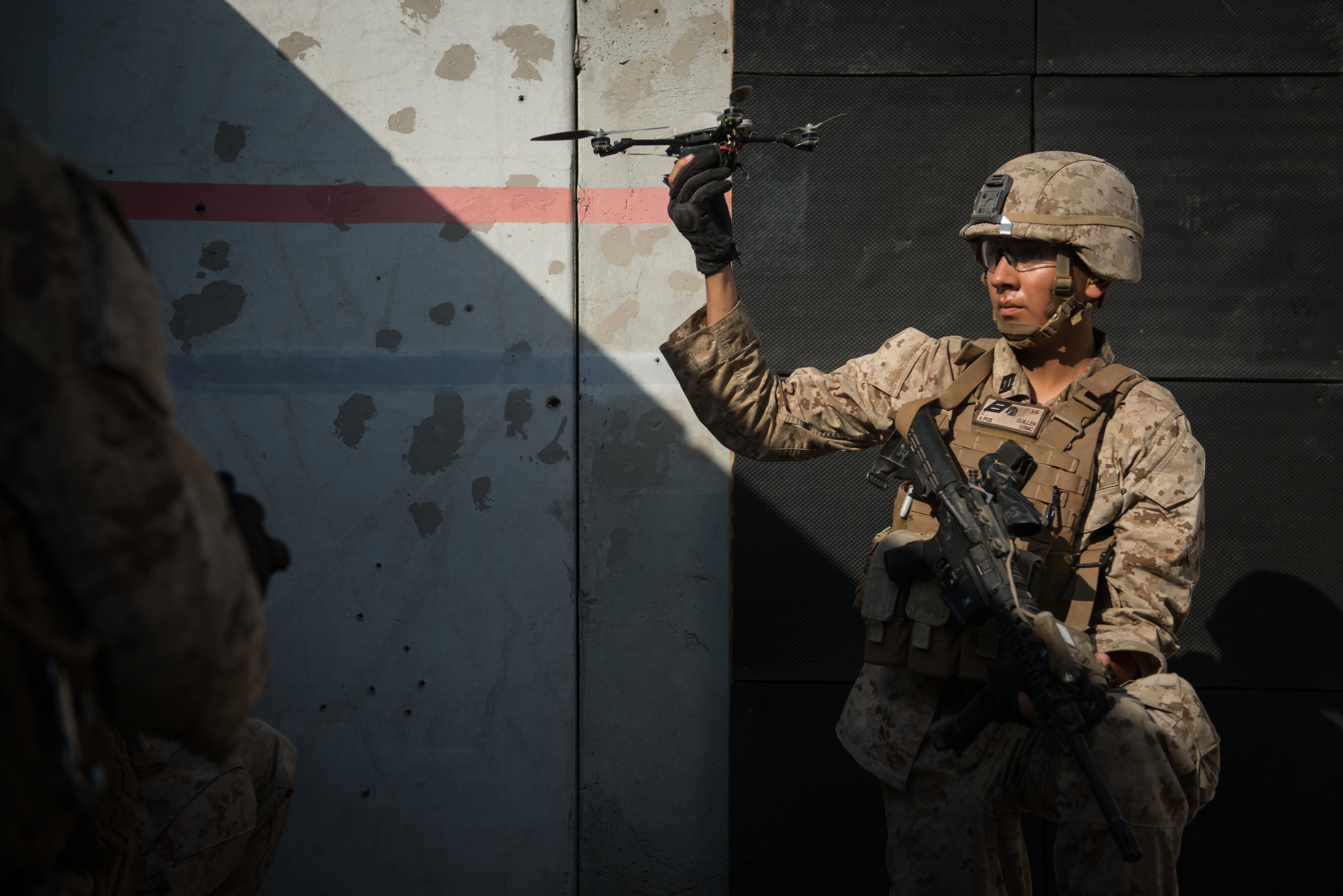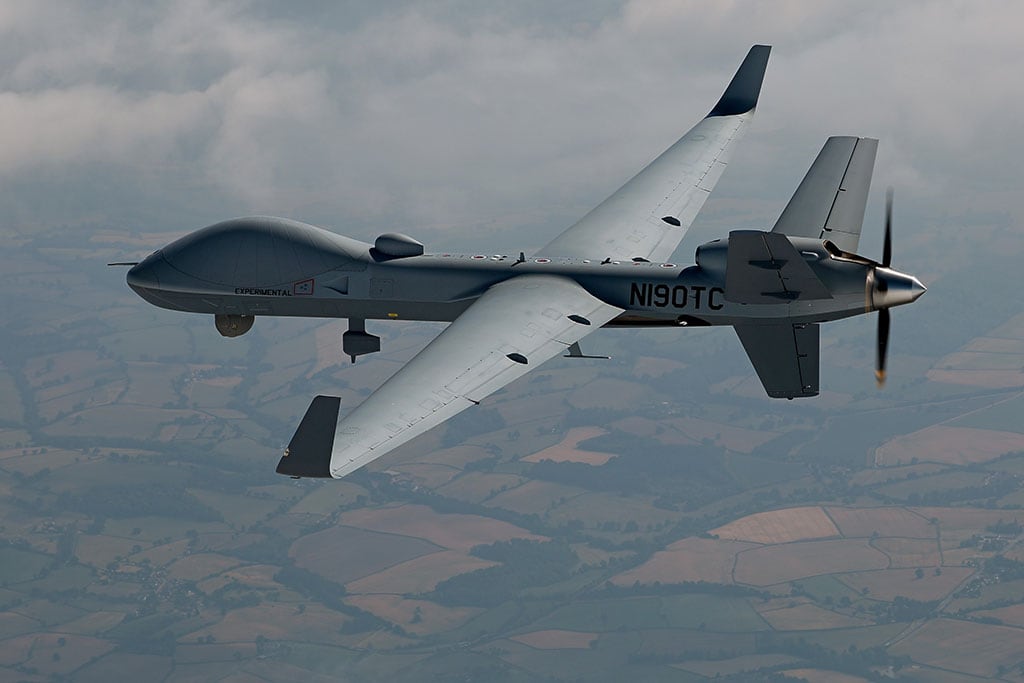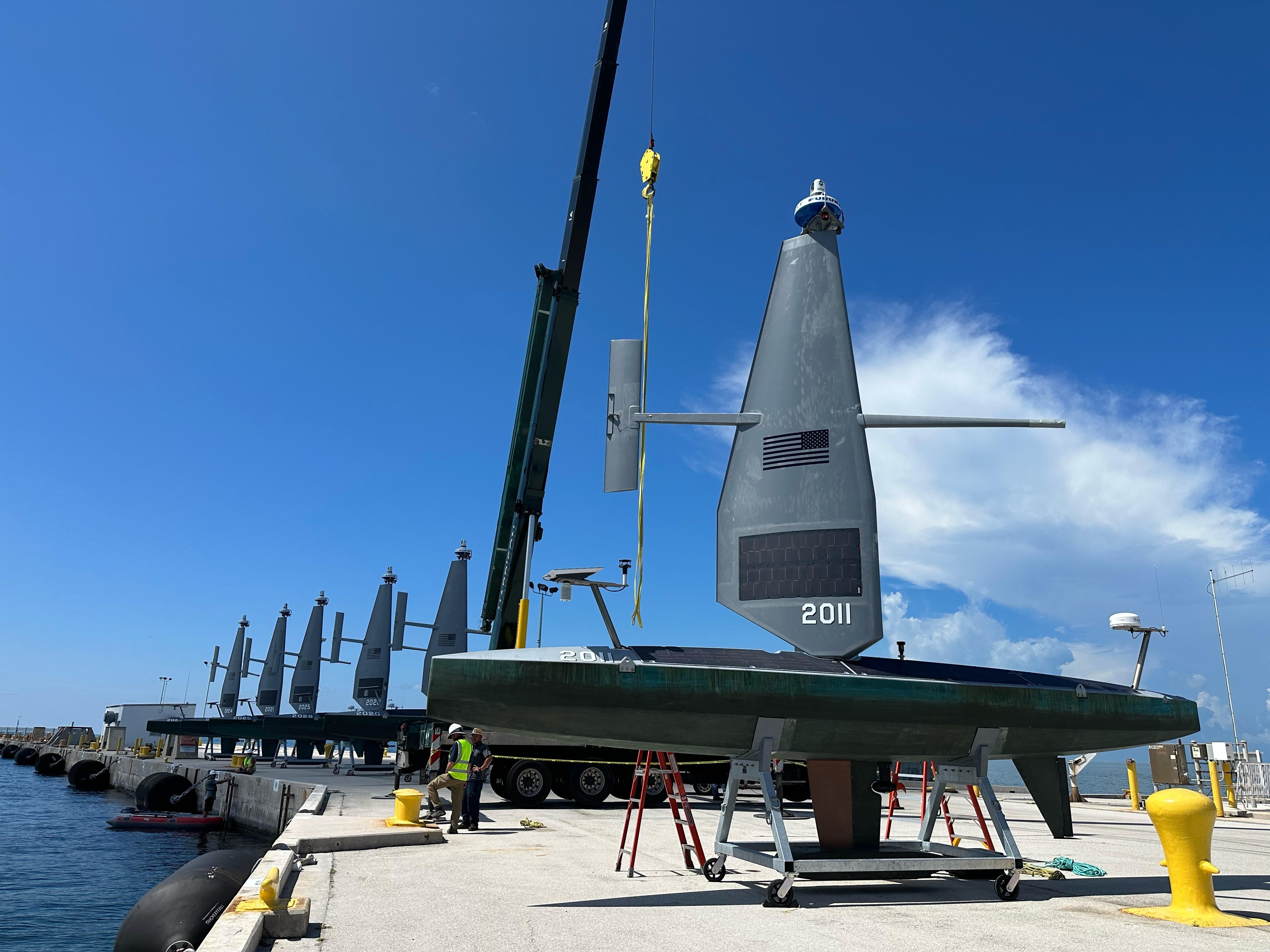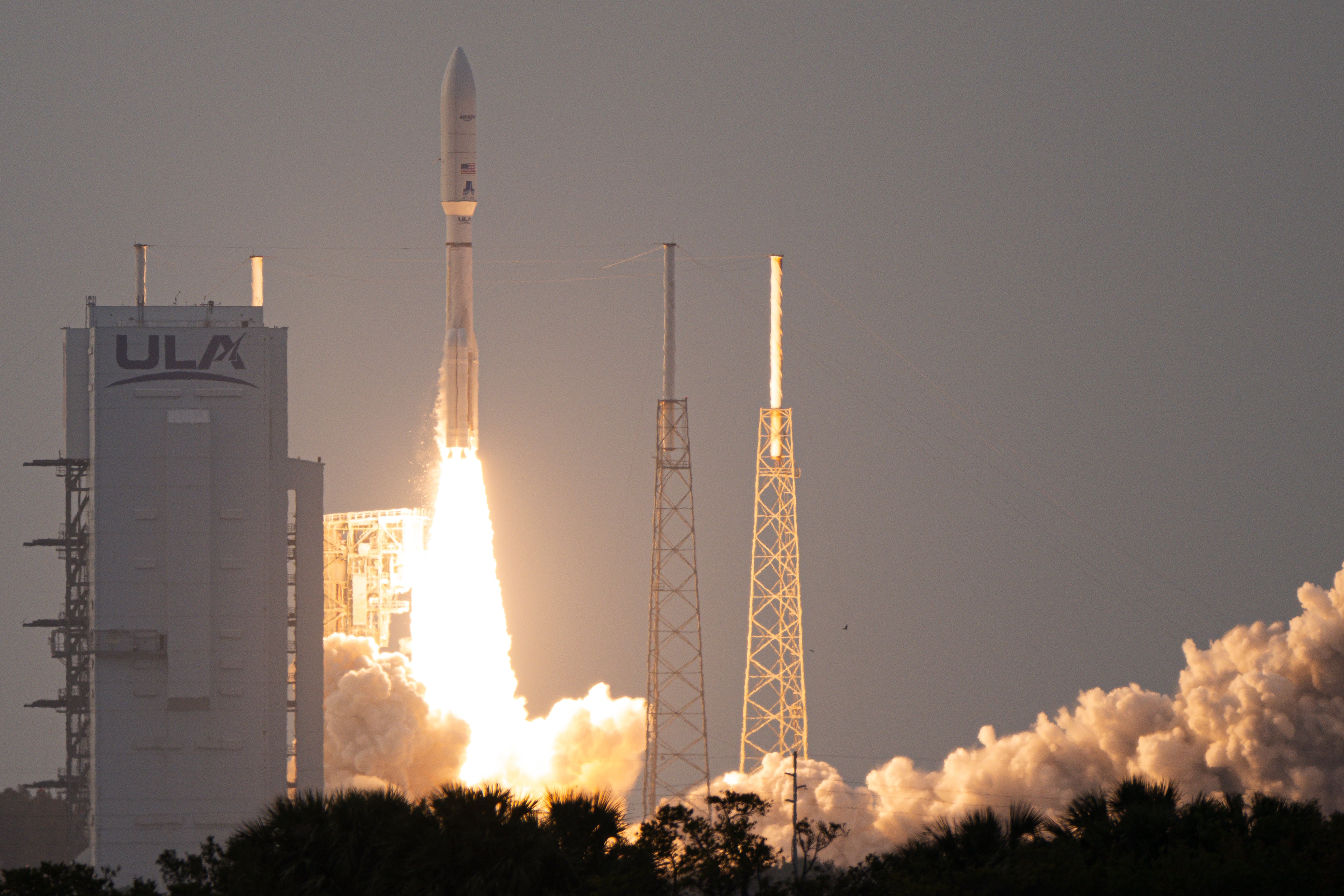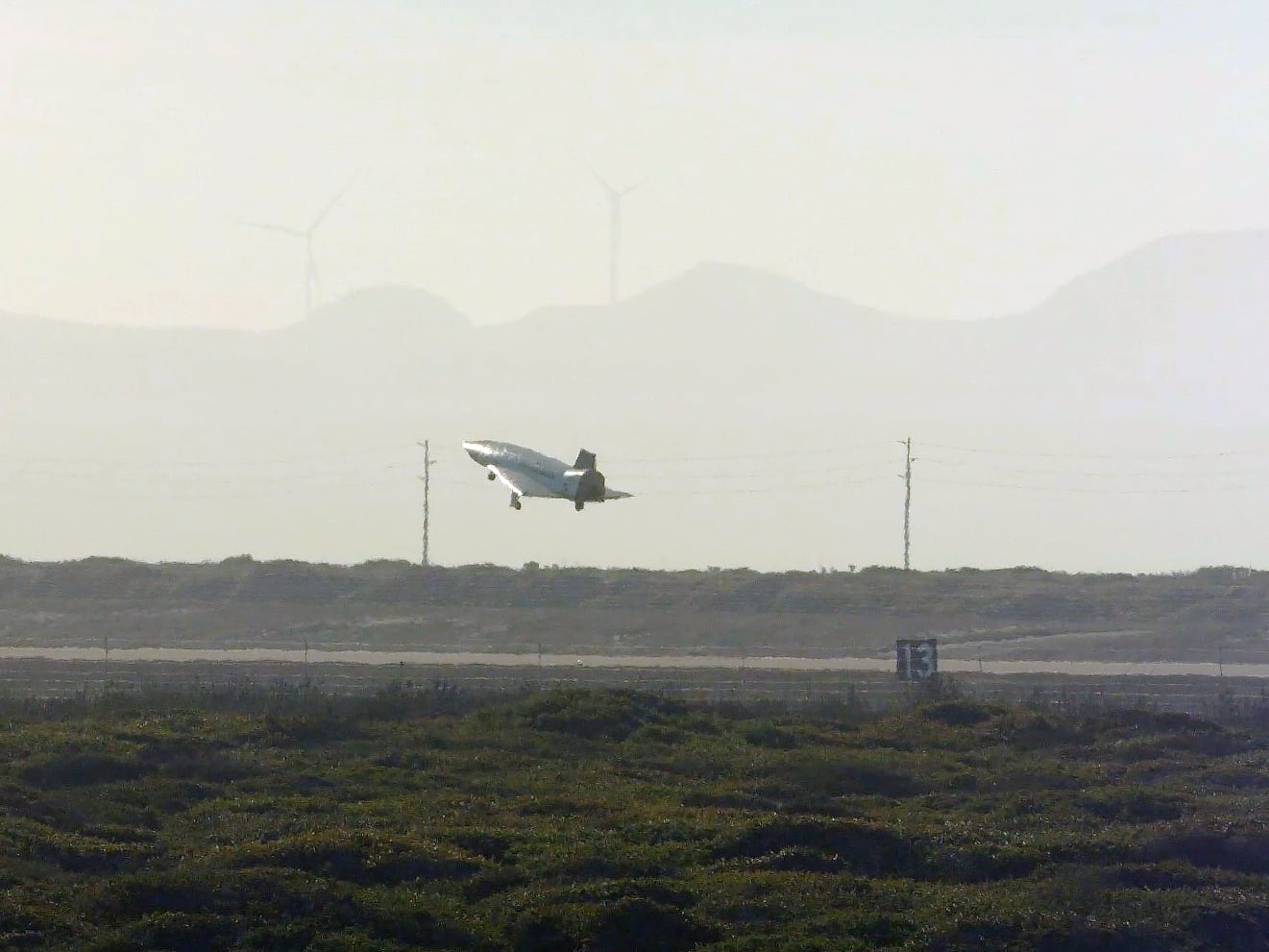WASHINGTON — For the first time, the Defense Department’s emerging technology acquisition arm made a product available to the entire federal government — small drones as a more secure alternative to dominant Chinese suppliers.
The Defense Innovation Unit, the DoD’s Silicon Valley-based organization that works with nontraditional contractors, offered the drones across the DoD as well in 2020, according to its annual report. The drones can be used for intelligence, surveillance and reconnaissance missions in tactical environments.
The organization released small unmanned aerial systems made by five companies through the General Services Administration’s schedule, allowing agencies across the government to purchase them, the report said.
“These sUAS are the first DIU-facilitated product made available not only across DoD but also across the U.S. government,” the document stated.
The commercial drones available through DIU’s Blue sUAS program provide domestically produced unmanned systems, a critical need because the drone market is dominated by a Chinese maker DJI, a company designated a national security threat late last year due to concerns about adversaries’ ability to access a drones’ data or even take over control.
“The Blue sUAS program provides the DoD and Federal government with trusted sUAS capabilities at commercially comparable unit costs on the General Services Administration (GSA) Schedule to ensure ease of procurement and signals aggregate government demand to strengthen the domestic sUAS industrial base,” the report said.
The U.S. makers are Altavian Inc., Skydio Inc., Vantage Robotics, Teal Drones Inc. and Parrot. Secure, domestic options are cheaper for the DoD and civilian agencies that have to rely on “less capable, more expensive government-developed systems or on cyber vulnerable commercial sUAS,” the report stated. The original prototype value was $18 million, and the project transitioned to the GSA schedule last September.
The Blue sUAS is one of 11 projects that DIU transitioned to the department in 2020, up from nine last year. Those projects span DIU’s well-established portfolio covering space, artificial intelligence, autonomy, cyber and human systems. DIU added a sixth technological area focused on advance energy and materials in October.
In 2020, DIU awarded 56 prototype other transaction contracts to commercial vendors, down slightly from 63 in 2019. The organization saw increases in several other areas, posting 23 solicitations in 2020, up from 17. It had a 50 percent increase over 2019 in the average number of proposals received from industry on each proposal request.
“This level of growth is a result of the depth and breadth of DIU’s relationships with U.S. innovation ecosystems, bolstered by a strong team of individuals with diverse commercial and military backgrounds; our offices in Silicon Valley, Boston, and Austin; and our ability to build a trusted, repeatable process to do business with DoD that yields annual recurring revenue,” the report states.
DIU slipped in the time from the close of a solicitation to contract award. The innovation arm hopes to reduce that timeline to 60 to 90 days, but 2020 saw an increase to 149 days, up from 127 days in 2019.
“This slowdown is primarily attributed to increasing project throughput and the growing number of company proposals per solicitation. However, speed to award is important to us, and DIU will continue to strive toward a goal of 60 to 90 days to contract award,” the annual report said.
DIU also tackled projects related to the COVID-19 pandemic, including a $1.8 million effort to use commercial wearables to collect and analyze users’ biometric data to warn of potential infection. The effort, called Rapid Analysis of Threat Exposure, transitioned to the Defense Threat Reduction Agency in March and was scaled to 7,000 users. At the point when the annual report was written, the wearables had a success rate topping 65 percent for COVID-19 detection.
Looking forward, DIU outlined several ongoing priority projects across its technology portfolios. To combat COVID-19, the organization is working with the Naval Medical Research Center’s Advanced Medical Development Program Office to prototype tools that can mitigate the spread of respiratory diseases. It’s also working on a predictive health effort with DoD components, including the Joint Artificial Intelligence Center and Defense Health Agency, that would use AI and augmented reality to assist in diagnosing health problems such as cancer.
In the drone space, DIU is prioritizing two counter-UAS projects to defend installations using radio frequency and non-radio frequency to detect and defeat capabilities.
In its space portfolio, DIU is prioritizing an effort to improve space situational awareness during peacetime, the report says. The project seeks capabilities that can provide warnings during the daytime, nighttime and during all weather conditions.
“This capability will help facilitate timely analysis of emerging threats, allowing the Joint Force to respond quickly, optimize the deployment of exquisite capabilities, and share unclassified data and insights with allies and partners,” the report said.
According to the report, DIU has 51 ongoing projects that eligible for transition to the department if successfully completed.
Andrew Eversden covers all things defense technology for C4ISRNET. He previously reported on federal IT and cybersecurity for Federal Times and Fifth Domain, and worked as a congressional reporting fellow for the Texas Tribune. He was also a Washington intern for the Durango Herald. Andrew is a graduate of American University.
